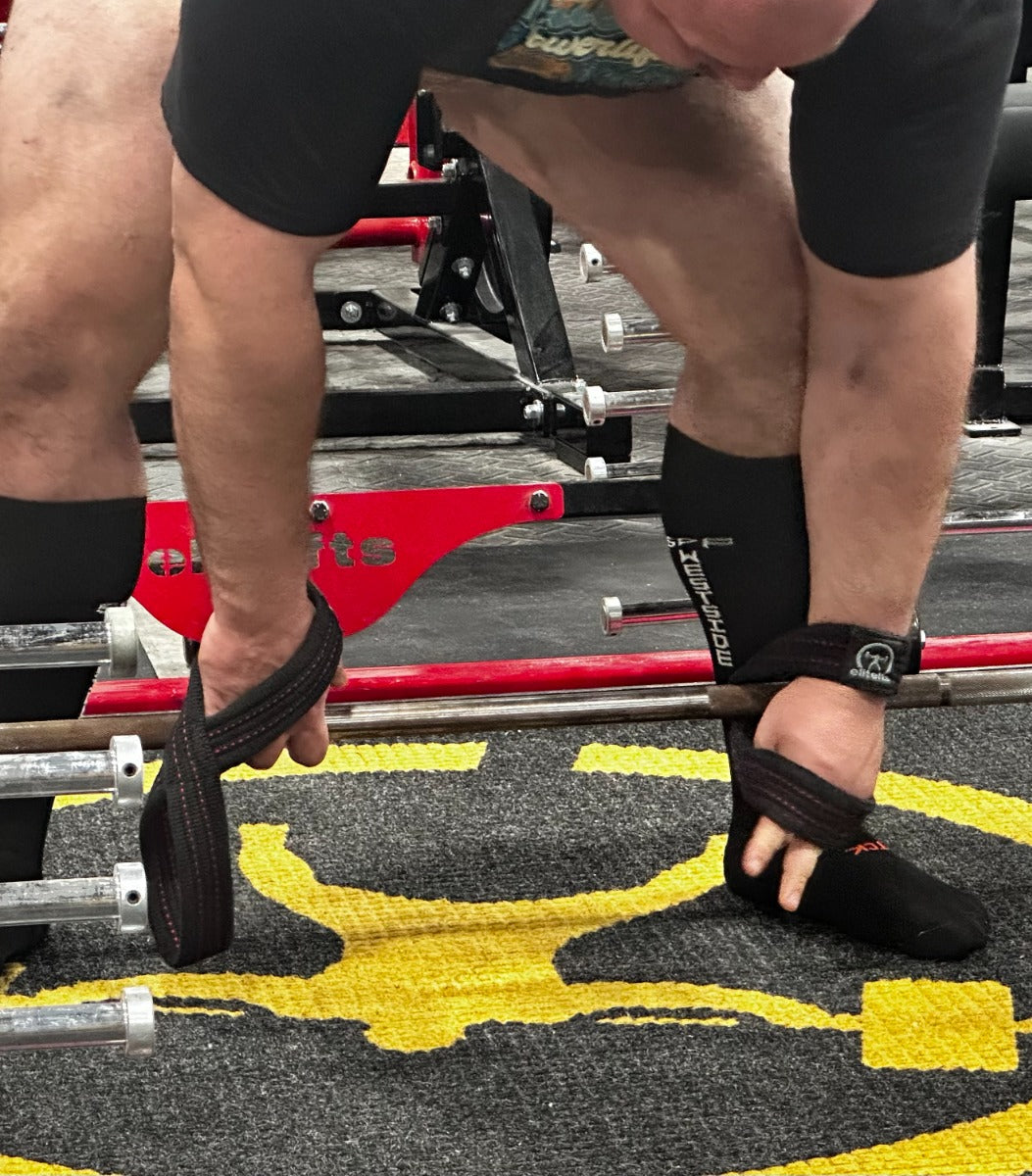I am a doctoral student at the University of Texas studying and teaching about the history of strength and fitness. I'm also a competitive raw powerlifter, ranked #3 all-time in the 198-pound class, and #4 in the 181-pound class. I'm training to move up in weight and in the rankings! The Quest for Victory is the name of an online exhibit at the H.J. Lutcher Stark Center showcasing the history of weight training for sports. It’s sponsored by the NSCA, and you should definitely check it out! But this log is about my own quest for victory. In 2017 I will set an all-time world record in powerlifting, and compete in my first bodybuilding show -- and maybe more. Here’s why:
- Based on my performances from this past year, I know I’m physically capable of breaking world records. I set the #2 all-time mark at my first meet in the 198-pound class in April, I came out ahead of many of the best lifters in the world at Boss of Bosses 3, and I was just 10 kilos and some grip strength off two all-time records at my meet at 181 in October.
- Even though I’m proud of my most recent performance at a lighter bodyweight, 181 is not the right class for me. The extreme weight cut wasn’t fun, and, more importantly, I had to sacrifice some muscle to stay in the class. Given my height and muscularity, I’m just going to be better off at 198, or even maybe 220, in terms of leverages and ultimate potential.
-
If I’m going to be in the 198 class, I need to gain some serious muscle. I’m waking up most mornings around 205, and that needs to be more like 225. But with 20 pounds of extra muscle, if I can add it in the right places, I’d be foolish not to try my hand at bodybuilding! I’m naturally lean and I keep a strict diet year-round anyway, so it’s not a huge leap to bridge the gap between disciplines.
Learning from new disciplines is an important part of an athlete's education, too.
Training and Recovery
Here’s the split I’ll be following for the next block of training: Monday: Arms Powerlifting emphasis: Bench lockout, deadlift grip Bench Press with the SlingShot or to boards using 90-105% of 1RM Deadlift with 55-65% 1RM, plus very high rack pulls with 90%+ 1RM High volume for biceps and triceps Tuesday: Quads & Calves Powerlifting emphasis: Competition squat Squat using sleeves or wraps (alternating week to week) with 55-85% wrapped 1RM High volume for quads and calves Wednesday: Off Thursday: Chest & Triceps Powerlifting emphasis: Competition bench, squat/deadlift bottom end Bench press with 55-85% 1RM Front squat with 60-80% 1RM High volume for chest and triceps Friday: Shoulders & Biceps High volume for shoulders and biceps (no powerlifts) Saturday: Back & Hamstrings Powerlifting emphasis: Competition deadlift Squat with 50-60% 1RM (warmup, technique practice) Sumo or conventional deadlift with 75-90% 1RM High volume for back and hamstrings Sunday: Off Obviously, with all that volume, I’ll need to really focus onrecovery. Besides good, quality sleep, I’ve found that a big caloric surplus makes a big difference in how I respond to training. I’ll be aiming for an average of 4,000 calories and 400 grams of protein every day, but since I’m using a
carb-cycling approach, I’ll get more calories on my training days and fewer on my off days. I find this really helps my energy levels and overall comfort, since I’m typically hungrier after I train anyway. I’m a big proponent of active recovery, too. I try to do each of these at least twice per week:
-
Self-myofascial release and static
stretching, usually right before bed - Contrast baths
- Aerobic exercise (low impact and intensity!)
- Get
massage therapy








































































































